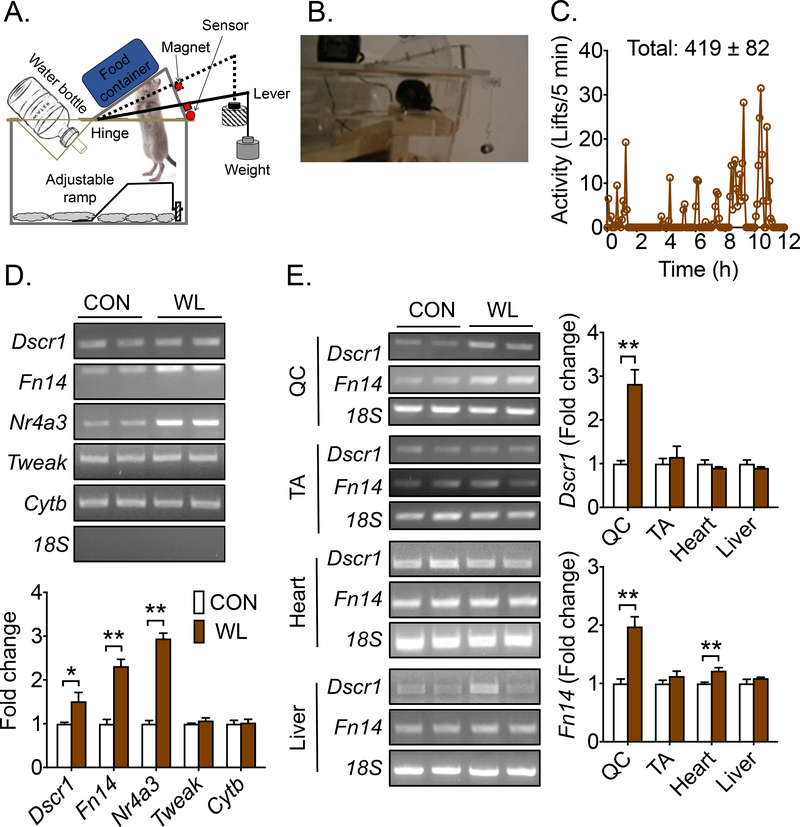Fig. 1. A single bout of voluntary weightlifting activates recruited muscles.
Mice were subjected a single bout of overnight voluntary weightlifting (WL) in cages equipped with newly invented weightlifting cage tops with mice subjected to sedentary cage activity as control (CON) followed by semi-quantitative RT-PCR analysis of mRNA expression in recruited muscles and other tissues. (A) A cartoon illustrating the design of the weightlifting cage top, depicting a mouse performing squat-like movement against a weighted lever to access food; (B) A video recording of weightlifting activity of a mouse; (C) A representative record of weightlifting activity with quantification for 9 mice over the 12-hour dark cycle (419 ± 82); (D) Semi-quantitative RT-PCR analysis of Dscr1 (n = 5), Fn14 (n = 5), Nr4a3 (n = 5), Tweak (n = 3–4), and Cytb (n = 3–4) mRNA in gastrocnemius muscle using 18S RNA as reference control; and (E) Semi-quantitative RT-PCR analysis of Dscr1, Fn14 mRNA in quadriceps (QC; n = 5), tibial anterior muscle (TA; n = 5), heart (n = 3–4), and liver (n = 3–4). Bars represent mean ± SE. * and ** denote p<0.05 and p<0.01, respectively.

